5 "Comfortable" Shoes That Are Actually Bad for Your Feet, Podiatrists Say
These could be quietly ruining your foot health.
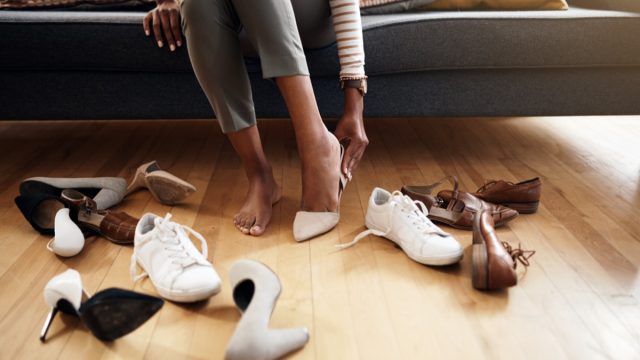
Ask anyone who's ever spent a full day in high heels, and they'll tell you: When it comes to footwear, comfort is key. Yet just because a shoe feels comfortable on first inspection doesn't mean you'll be free of pain later down the line. Experts say that there are several "comfortable" shoe types that are actually bad for your feet, causing a range of podiatric complications due to poor arch support, shoddy materials, a lack of secure fastening, and more. Read on to learn the top five shoe types that may feel good at first, but can ultimately cause serious foot problems over time.
READ THIS NEXT: 8 Retail Brands That Sell the Best Quality Walking Shoes.
1
Skechers GoWalks
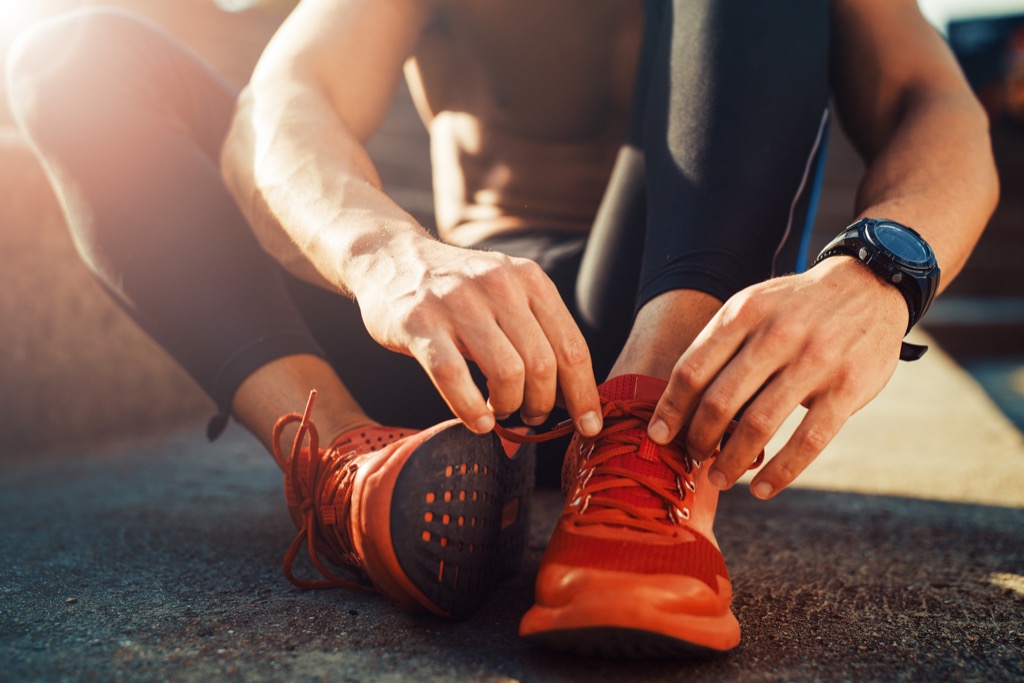
Running shoes typically offer cushioning and arch support, making them both comfortable and beneficial for your foot health. However, Cameron Bennet, MD, a podiatrist with My Family Podiatry in Brisbane, Australia, says that there are several popular sneakers that are actually bad for your feet—especially if you train in them on hard pavement.
Skechers GoWalk shoes, for example, have "very little support," according to the doctor. "While they initially feel soft and comfortable, the memory foam they are made from can quickly compress in high pressure areas under the foot leading to further pain and issues. The upper material is also quite flimsy allowing a lot of movement and minimal support through the shoe."
Nike Free Run sneakers and similar models can also pose a problem, says Bennet. "Unless you have trained to increase your ankle flexibility, going into a shoe that is little more than a cushioned sock is probably not a good option for running. The very flexible upper material is designed to allow the foot to move 'naturally,' a concept that sounds good in theory. However, very few people are properly conditioned to be able to hold their feet in a good position."
2
Converse and Vans
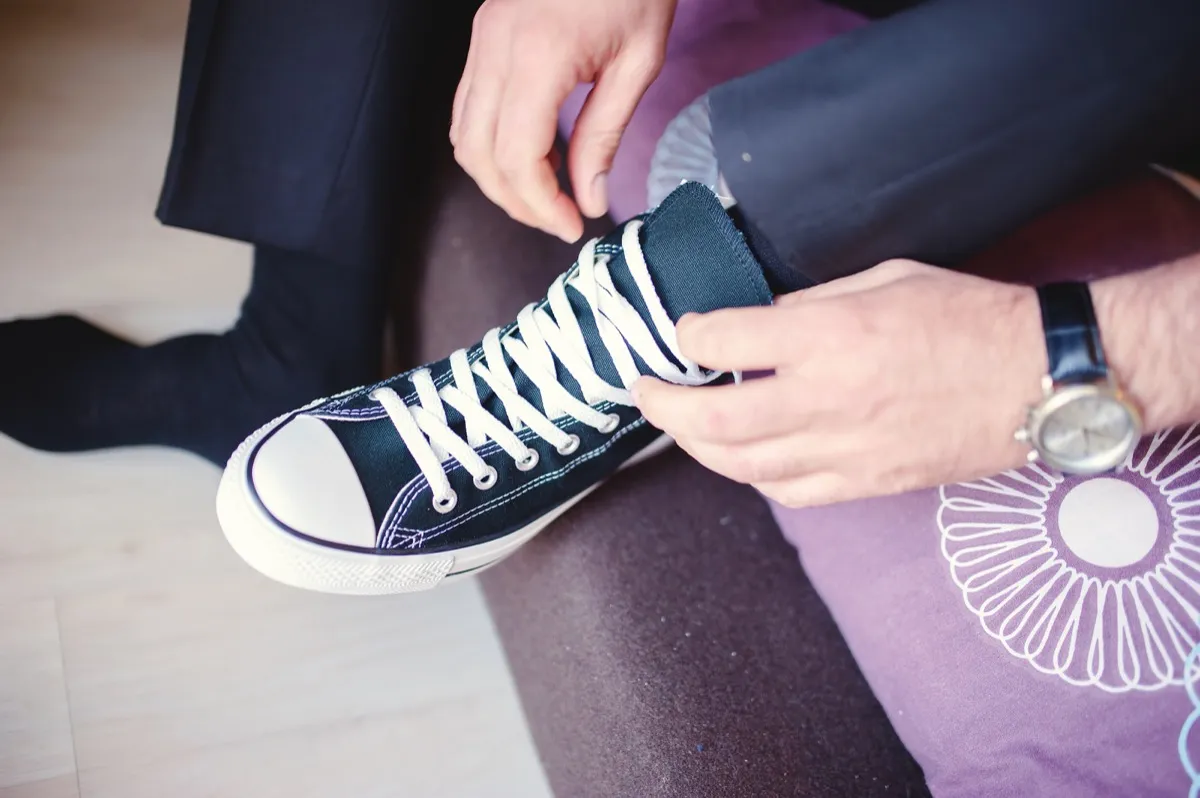
Casual sneakers with flat, thin soles may be cute and convenient for a short walk, "but many lack proper support and stability," warns Mauricio Garcia, MD, an orthopedic surgeon and the senior project manager for Hyper Arch Motion shoes.
He adds that they often "don't feature secure fastenings, which means they don't give good arch support. Issues like heel pain and tired feet are common, and the lack of support can also cause blisters and irritation."
Bennet agrees that popular brands of this shoe type like Converse and Vans are not good for the feet. "They have very limited support or structure through the shoe, no arch support and tend to be very narrow which compresses the toes and front of the foot," he says.
For more tips sent directly to your inbox, sign up for our daily newsletter.
3
Ballet flats and pointed-toe flats
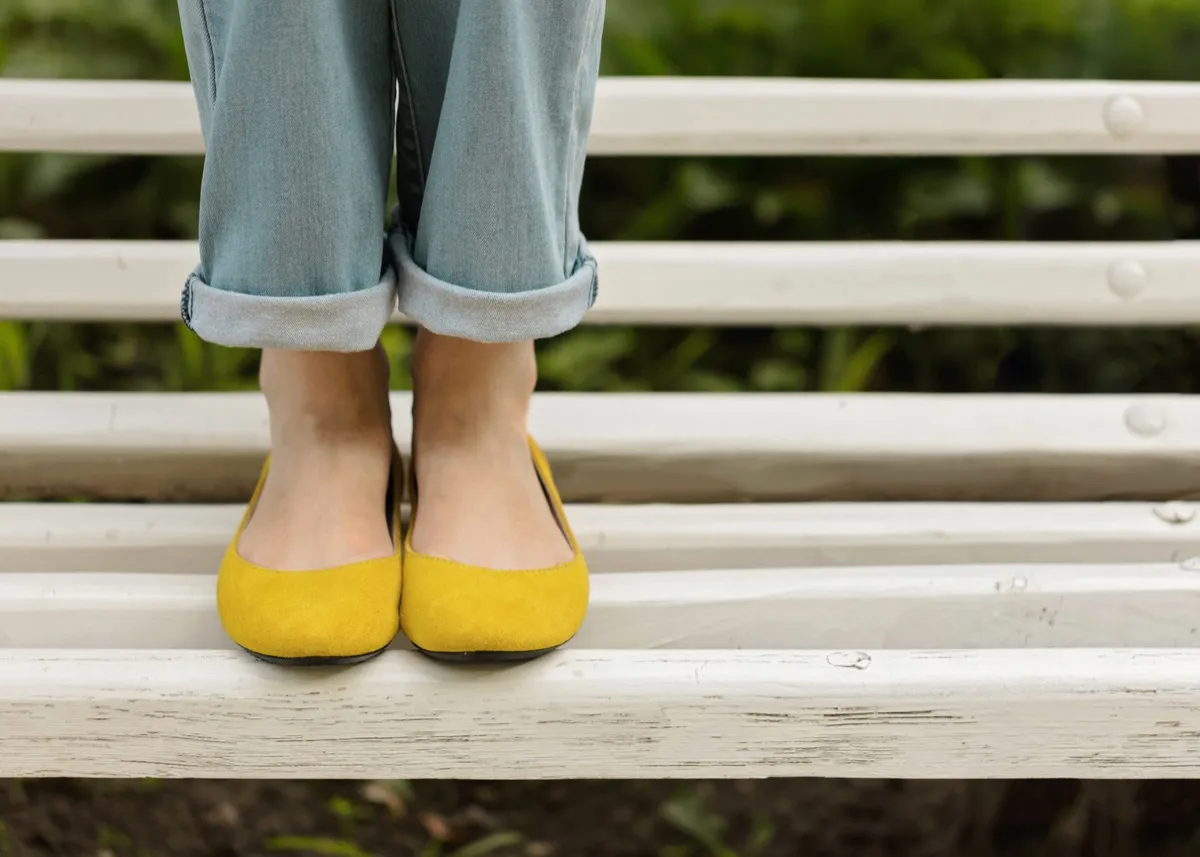
Flats are certainly more comfortable than their high-heeled alternatives, but they can still cause foot problems, experts warn.
"Although ballet flats may look soft and comfy, they don't offer enough support for your arches or shock absorption for your feet. They can cause problems like flat feet, arch pain, and inflammation in your Achilles tendon," says Garcia. "Furthermore, because the soles of ballet flats are very thin, they don't give your feet much protection from rocks or other sharp objects you may accidentally step on."
Pointed-toe flats can cause similar problems, and even add a few to the list. "Shoes with narrow, pointy fronts may be fashionable, but they squeeze your toes together. This can factor into toe problems like bunions, hammertoes, and painful nerve growths," Garcia notes.
4
Flip flops
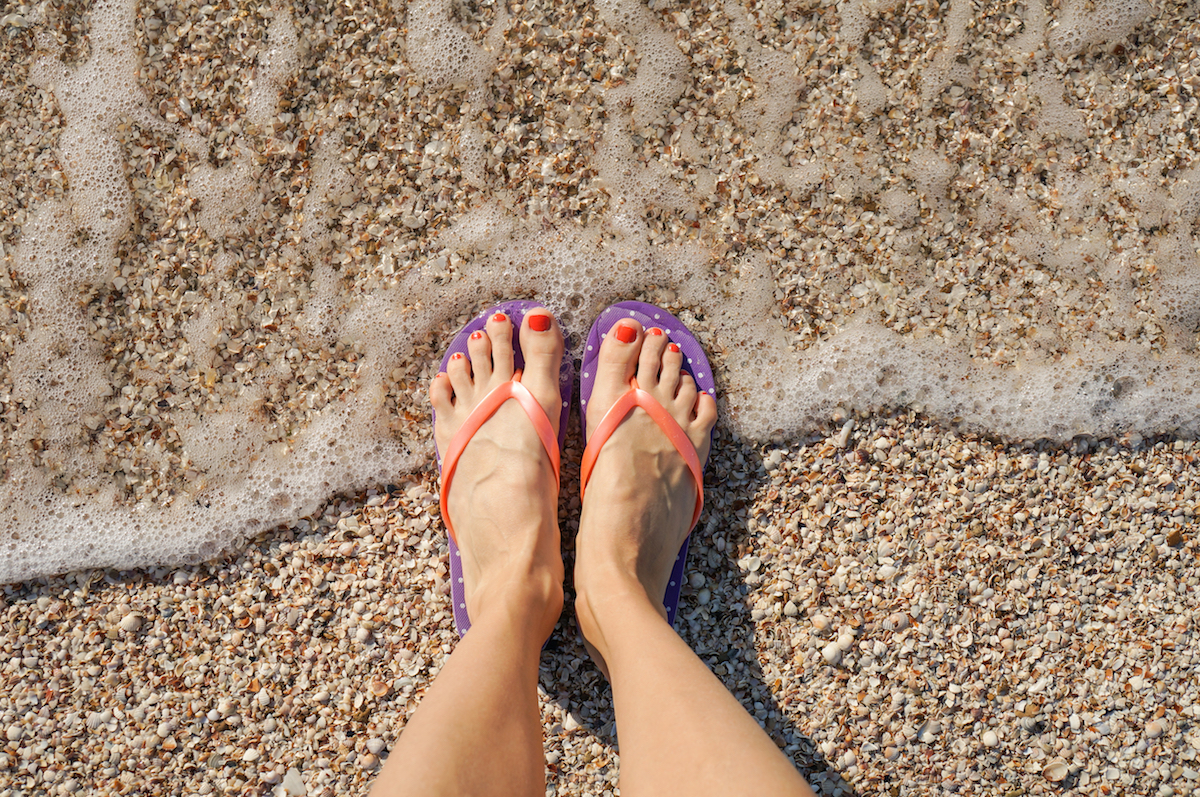
Flip-flops may be convenient and feel comfortable at the moment, but experts say they can wreak havoc on your foot health.
"While there are some that are better and include arch supports and a heel pitch, most flip flops are terrible for the feet," explains Bennet. "They typically provide no support to the feet, encourage clawing of the toes to hold the shoe on the foot, and provide no protection to the feet or toes."
"I often see people in the clinic with injuries from wearing open shoes where they end up kicking their toes and injuring themselves," he adds.
Garcia agrees that flip-flops are a common culprit behind foot injuries. He notes that they "can lead to issues like heel pain, arch pain, and even fractures in your feet."
READ THIS NEXT: 4 Types of Sandals You Should Never Wear After 60, Podiatrists and Stylists Say.
5
Sandals with straps
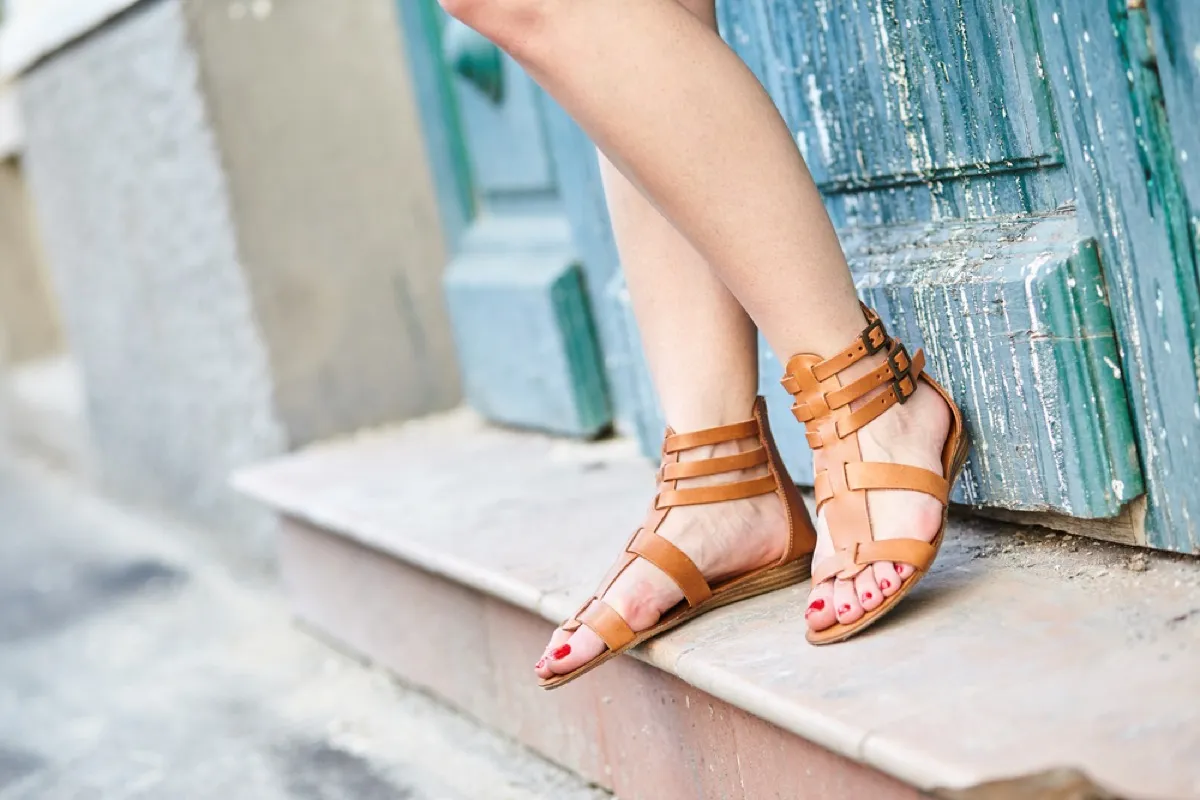
Sandals with straps offer a slight advantage over flip-flops because they stay on your feet without clawing of the toes. However, they can still cause problems since they usually offer little arch support and leave the feet exposed to the elements.
Gregory Alvarez, DPM, FACFAS, a podiatrist at the Ankle & Foot Centers of America, previously told Best Life that this can become a bigger problem as temperatures rise.
"Heat and sandals can dry out your skin more quickly in the summertime, so make sure you apply lotion to keep your feet hydrated and healthy," Alvarez said. "Pay special attention to areas that tend to be neglected such as the tops of your toes or heels where cracks may form if left untreated."





















